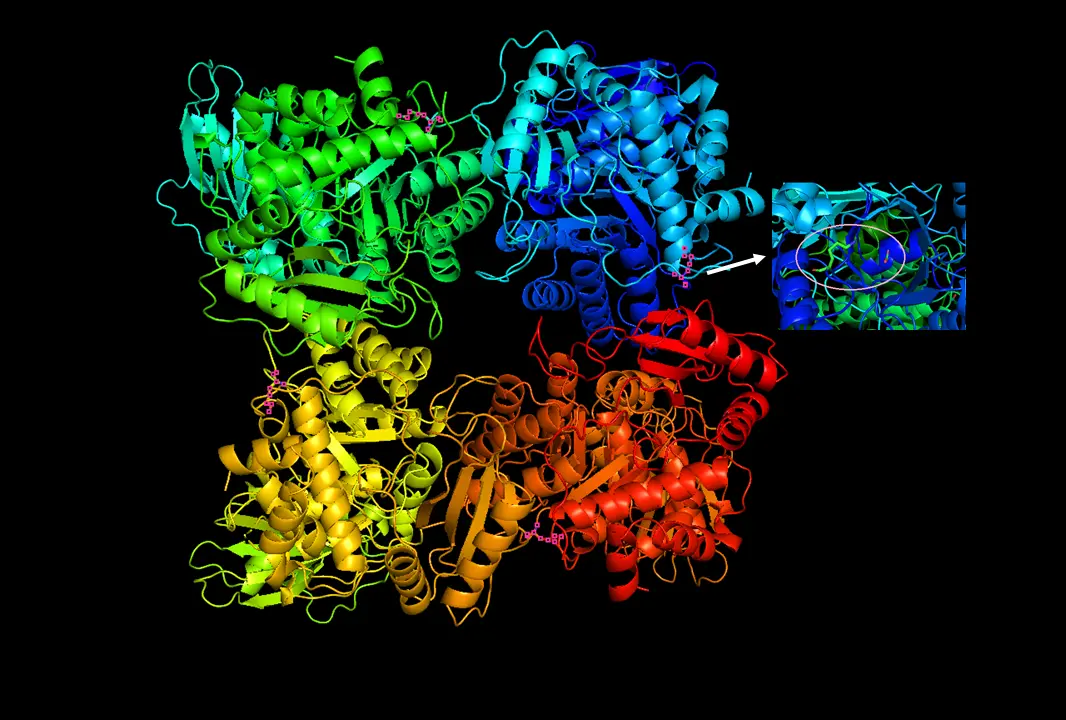

She got it. 82% of votes in for the 4th. Fuck.
4 billion years of fixing inorganic carbon in the biosphere. Sometimes mistakes O2 for CO2. Not as fast as some enzymes, but very abundant. Here, have some phosphoglycerates about it.


She got it. 82% of votes in for the 4th. Fuck.


Yeah, I saw that after I commented. But it still showed ~40% of the vote left, so perhaps some hope remains.


CO never gave me doubt. It’s Boebert I’m curious about.
Other dept is Gangs of NY firefighters.
https://youtube.com/watch?v=e6eDVsl8Kp4
What, no blame for Netanyahu or the tens of millions who voted for the felon? Or the EC? Or the muskrat?


The on-the-fly meme-making by the Trekkies is positively inspiring.


Comrade Pauli?!



https://www.audubon.org/news/the-klamath-basins-water-crisis-growing-disaster-waterfowl
Another case where wetlands should have remained rather than trying to ‘reclaim’ them for homesteading.


Pippin’s barrels and brooch at Isengard. One of the best chapters.
Was the Tachi ejected to save MCRN? Or did it float out of a wreck?
Dude is gonna love Cho Chabudai Gaeshi.
Lies, Inc. is another by PKD that will leave your head spinning.
https://youtube.com/watch?v=_yWFPrG_Zl8